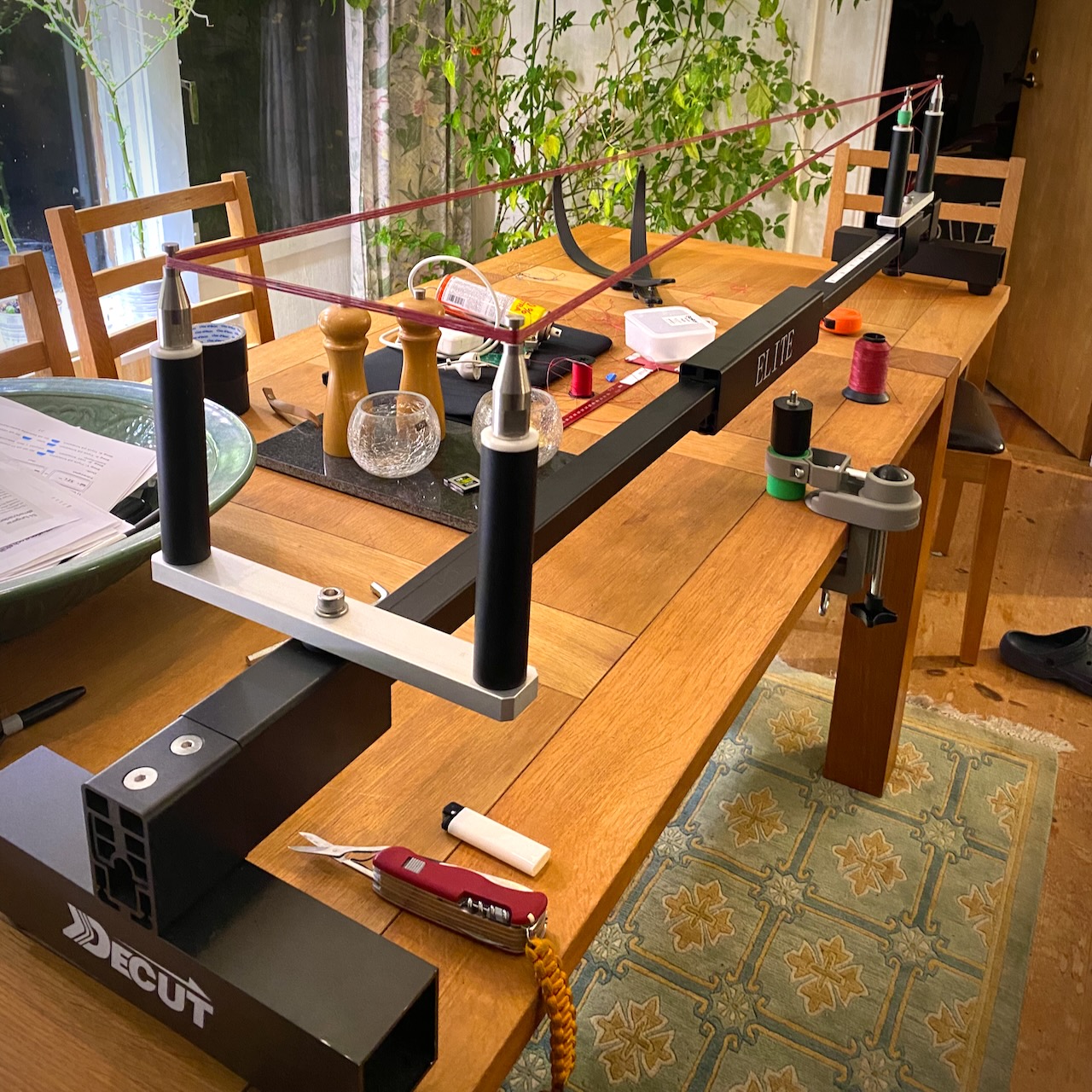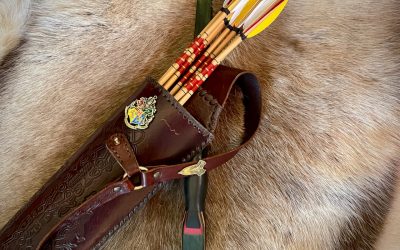Archery is a harmonious blend of precision, craftsmanship, and intuition. While the modern archer often focuses on form and equipment, the often-overlooked art of bow tuning can make the difference between frustration and satisfaction. At the heart of this process are two critical components: brace height and string-making. Together, they shape not just the performance of your bow, but also your connection to it. Let’s delve into this fascinating intersection of science and philosophy.
Understanding Brace Height: Forgiveness vs Speed
Brace height, the distance between your bow’s string and its grip, is one of the most critical factors influencing performance. It’s a deceptively simple adjustment that unlocks a bow’s potential while reflecting the archer’s skill and understanding.
The Balance of Forgiveness and Speed
A higher brace height creates a shorter string travel, which increases forgiveness. This means the arrow spends less time in contact with the string, reducing the impact of any inconsistencies in your release or form. However, the trade-off is speed; shorter string travel stores slightly less energy, resulting in a slower arrow.
Conversely, a lower brace height increases the draw length and maximises the energy stored in the bow’s limbs. The result? A faster arrow. But speed comes at a price—the increased string contact amplifies errors, noise, and vibration.
Tuning for Quietness and Efficiency
In my experience, a bow that is as quiet as possible is also at its most efficient. Sound is energy lost in the form of vibrations, and a silent bow indicates that more of its energy is being transferred to the arrow. Finding this quiet sweet spot requires patience and experimentation, but the rewards are undeniable: better performance, a smoother shot, and the satisfaction of knowing your bow is working at its best.
The String as the Bow’s Lifeline
If the bow is the heart of your setup, the string is its lifeline. A well-made string can transform how a bow feels and performs, while a poorly constructed one can sabotage even the best equipment.
Choosing the Right Material
For me, the ideal string material is BCY 8125. Its balance of smoothness, stability, and performance makes it perfect for most bows, from recurves to longbows and horsebows. If necessary, Spectra 652 is an acceptable alternative, but I’ve moved away from D97 due to its thickness, which prevents strings from becoming as round as I prefer.
Strands, Twists, and Performance
The number of strands in a string is another crucial factor. I aim for at least 18 strands, preferably 20, and 22 for heavier bows. While thinner strings do increase arrow speed, I find the trade-off unacceptable. They’re noisier, more lively, and far less forgiving. Consistency should always trump speed.
Twisting the string is equally important. A properly twisted string not only reduces noise but also improves stability. I always ensure my strings have at least 30 twists to achieve the right balance of tension and quietness.
The Craft of String-Making
String-making is both a technical and personal art. I use a heavy but reliable Decut endless loop jig and a Beiter X-Heavy serving tool (Pro) for precise servings. For serving materials, Majesty Angel and BCY Halo are my go-to choices. These tools and materials allow me to craft strings that are not only efficient but also tailored to the unique needs of each bow.
Philosophical Notes on Precision
Tuning a bow is as much about intuition as it is about science. It’s about listening to your equipment and finding the harmony between its design and your shooting style. Whether adjusting brace height or crafting a string, the process requires patience, curiosity, and a willingness to experiment.
I’ve often found that the quieter and more efficient a bow becomes, the more I feel connected to it. Tuning isn’t just about achieving better arrow flight; it’s about creating a setup that feels like an extension of yourself.
Looking Ahead to Personalisation
While tuning ensures your bow performs at its best, personalisation takes the connection to another level. A bow that reflects your personality and aesthetics becomes more than a tool; it becomes a partner in your archery journey. In the next article, we’ll explore how to personalise your bow, from string colours to decorative touches that match its “soul.” Stay tuned for inspiration to make your bow truly yours.
Tuning your bow is a journey of discovery. With every adjustment to brace height and every twist of the string, you’re not just improving your equipment—you’re deepening your bond with it. So, take the time to explore, experiment, and enjoy the process. After all, the perfect shot begins with the perfect setup.






0 Comments